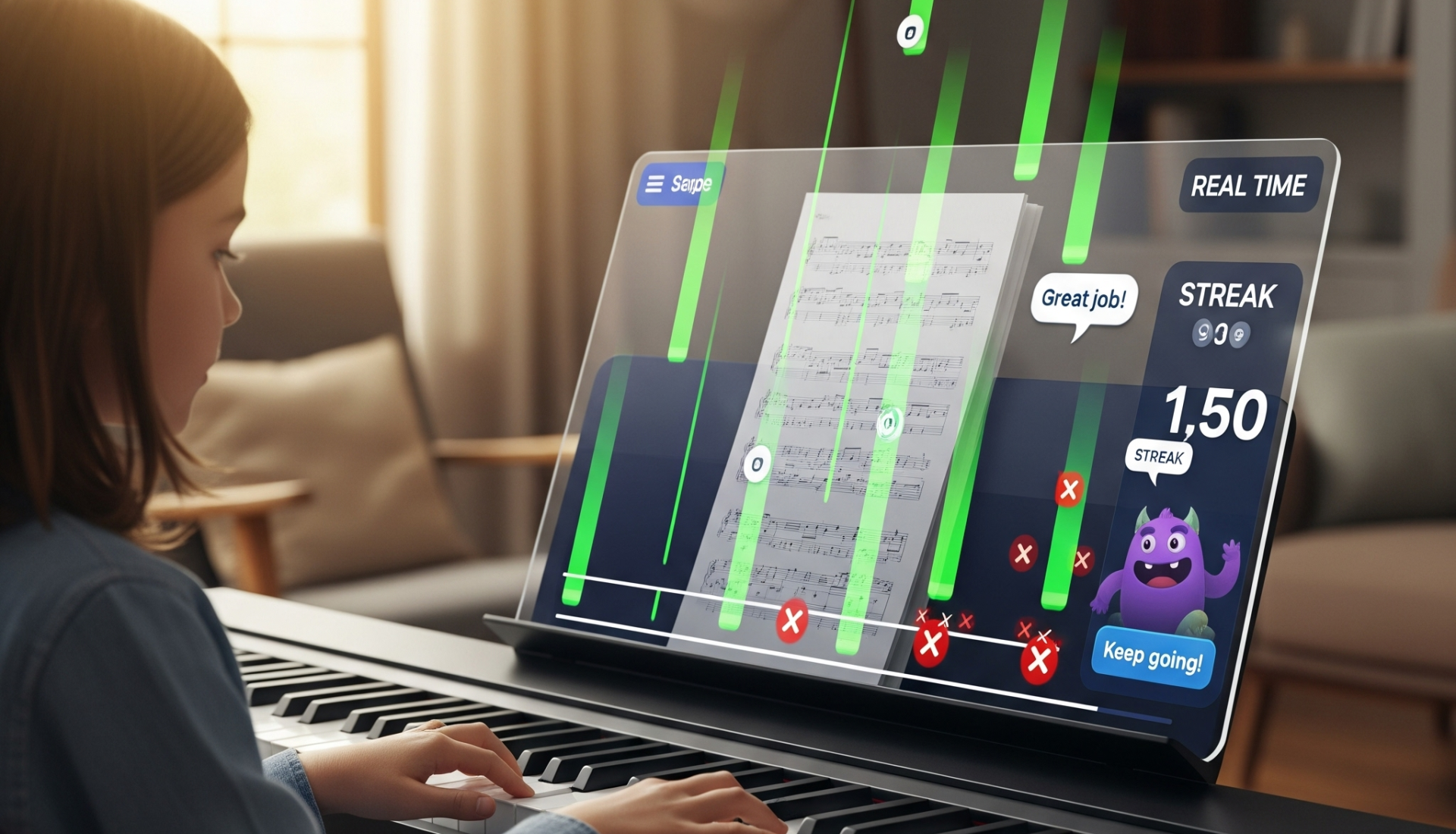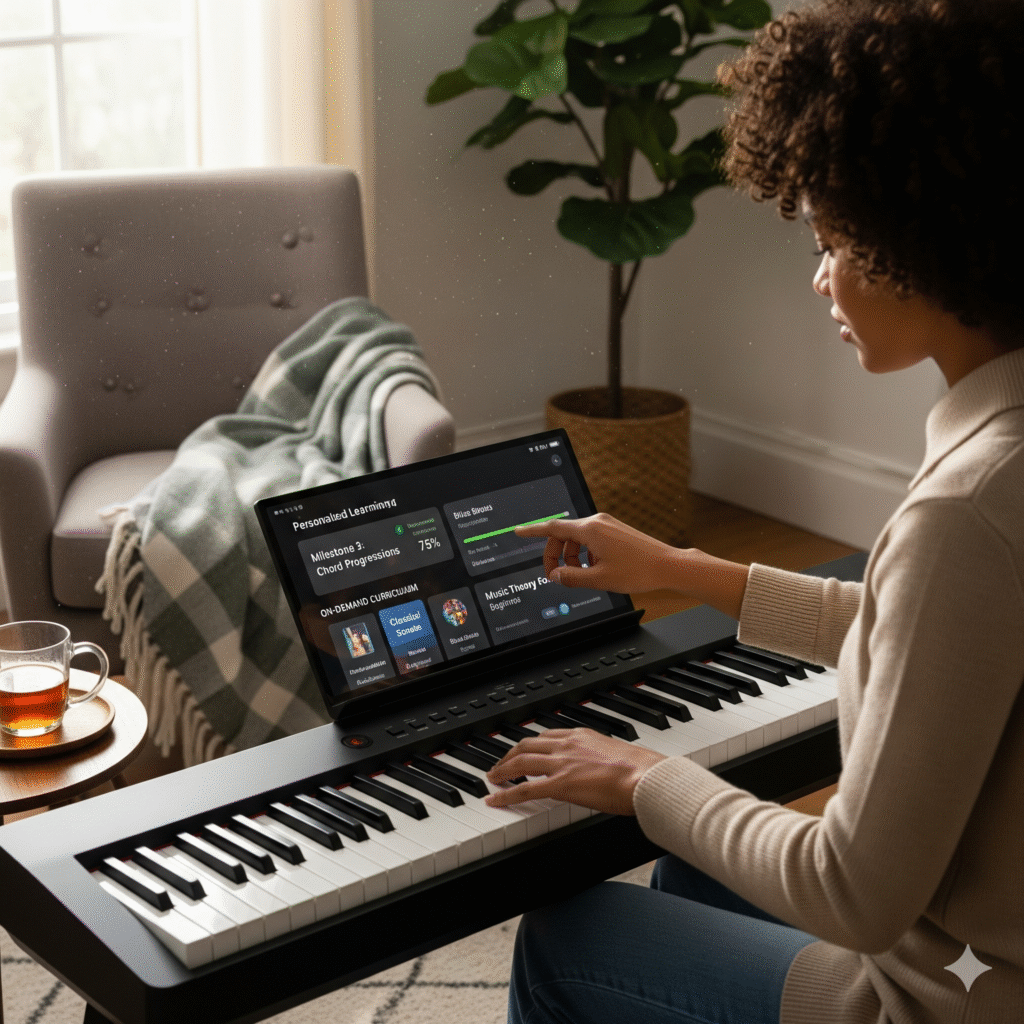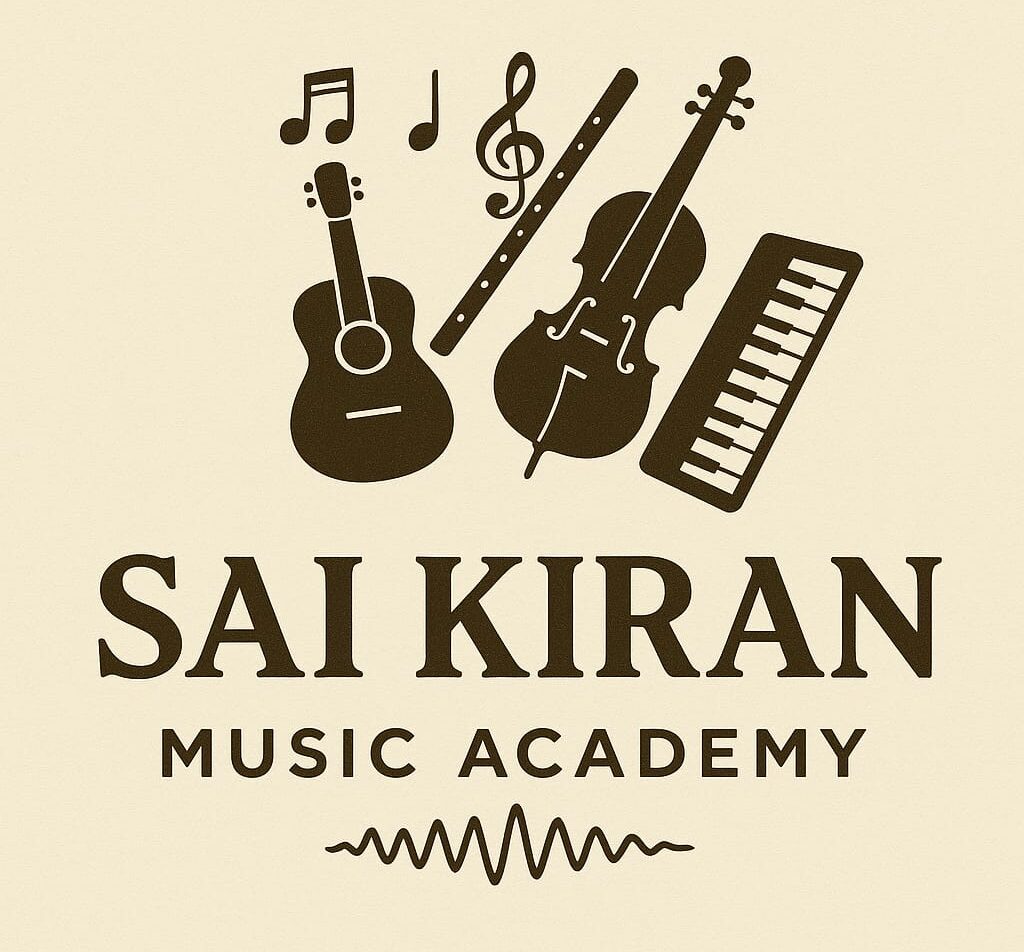
Interactive and Gamified Lessons
- Interactive and Gamified Lessons: Many digital teaching platforms integrate game-like elements, such as scoring, badges, and progress tracking, which turn practice into a fun challenge. This is particularly effective for keeping children and beginners engaged.
- Real-time Feedback: Advanced teaching keyboards and software provide instant feedback on rhythm, accuracy, and note timing. This allows students to correct mistakes immediately, preventing the formation of bad habits.
Personalized Learning Paths:
- Personalized Learning Paths: Programs can adapt to a student’s individual pace and skill level. They often include a library of songs across different genres (pop, classical, jazz, etc.), allowing students to choose music they’re passionate about, which increases motivation.
- On-Demand Accessibility: With online courses and apps, students can learn anytime, anywhere. This flexibility removes the logistical hassle of scheduling and commuting to in-person lessons.
- Comprehensive Curriculum: The best programs go beyond simple note-reading. They include lessons on music theory, ear training, and improvisation, providing a holistic musical education. Some methods even teach students to play by ear, a skill many traditional methods neglect.

Competitive Differentiation
- Expensive and Time-Consuming Lessons.
Solution: Online and app-based programs are significantly more affordable than private, in-person lessons. The on-demand nature of the content eliminates travel time and allows students to fit practice into their own schedules
Lack of Motivation and Frustration.
- Solution: The gamified, interactive features make the learning process fun and rewarding. Students aren’t just practicing tedious drills; they’re playing along with songs and seeing their progress in a tangible way. The immediate feedback loop helps them feel like they are improving constantly, which is a huge confidence booster. This “instant gratification” aspect is a key differentiator from traditional rote-learning methods.
- Difficulty Finding a Qualified, Patient Teacher.
- Solution: The quality of instruction is consistent and expertly designed. Students receive a structured curriculum from certified professionals without having to vet or rely on a single, potentially ill-suited instructor
- Learning Feels Stagnant and Boring.
Solution: The personalized curriculum and vast song libraries keep the content fresh and relevant. By allowing students to learn songs they love, these methods maintain interest and make practice feel less like a chore. This stands in stark contrast to traditional methods that might be limited to a single textbook or classical genre
